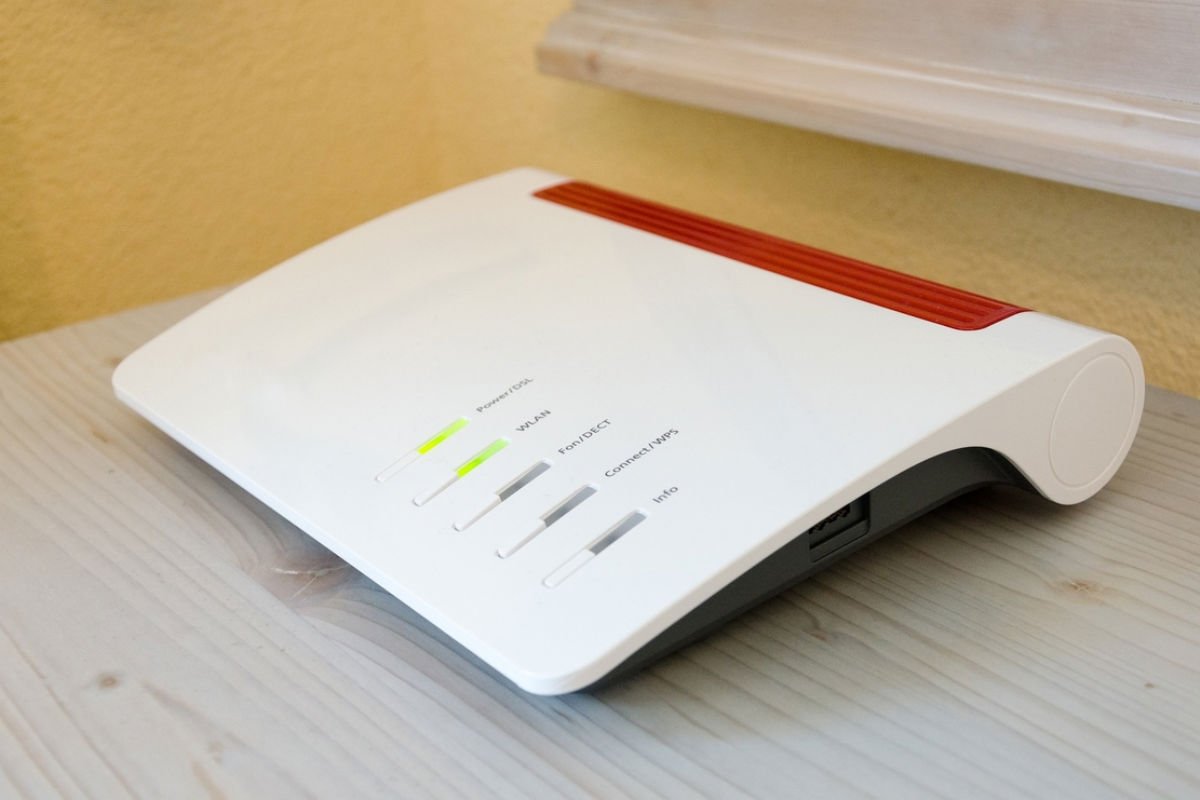The Indian wireline market has remained highly underpenetrated for years due to weak wired infrastructure. However, with Reliance Jio entering the segment, it is expected that the ISP would create similar disruption as it did to the telecom market four years ago. Motilal Oswal believes that Jio’s aggressive push in the broadband market may not create an impact. In global markets, wired broadband is a well-networked infrastructure leveraged for data consumption, driven by higher Fibre-to-the-Home (FTTH) penetration supported by lower FTTH deployment cost/subscriber. In India, the situation is quite the opposite as the market has seen limited investments which resulted in subscriber growth and a major shift towards wireless consumption. Furthermore, the market research firm added that the smaller broadband players in the country have equal opportunities in the market as big players.
Small Players Gain Market Share During Lockdown
Reliance Jio has set its sights of achieving 50 million broadband subscribers and Motilal Oswal says a player of Jio’ scale and the past record could drive growth in the ecosystem. Jio’s current target of 50 million is a massive 2.5x higher than the existing industry subscriber base of 20.5 million. The Indian Wireline market is currently dominated by BSNL, Bharti Airtel and Reliance Jio, which account for around 57% of the total market size. If seen in the context of total households in India at 298 million and 197 million TV-owning households, the market potential seems strong. The market is divided in a way that 20-25% of subscribers are premium high ARPU customers, while the rest are satisfied with low ARPU data connectivity plans, believes Motilal Oswal. With Jio’s launch, other players have stepped up network rollout/home passes to retain the market share. Internet Service Providers (ISPs) are currently targeting premium customers with higher APRU fibre-based plans along with value-added services like entertainment, home security and automation. The local ISPs are also predicted to have equal opportunity to grow in the market. The research firm stated that there’s an increased demand for low ARPU conventional home broadband connectivity during the recent lockdown. The performances of regional ISPs from March 2020 to August 2020 also suggest the same as they accounted for 84% of the overall wireline subscriber growth of 7%.
